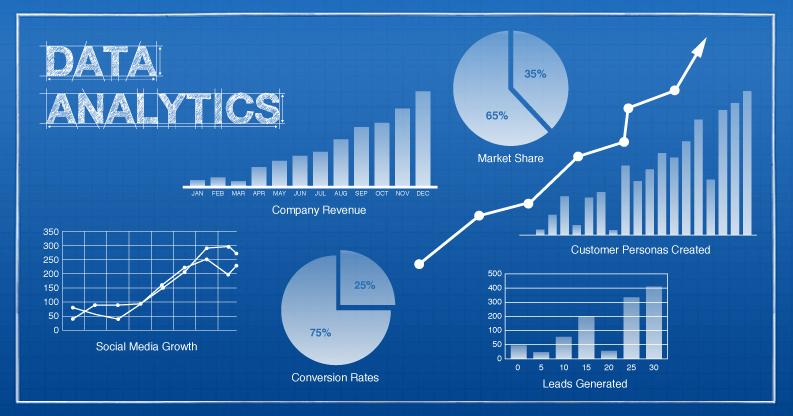Your answers can be found in the data
With the advancements in online technologies available today, leveraging your online user data analytics is a resource you should be taking advantage of to boost your marketing intelligence.
Gone are the days of purely relying on intuition to determine a marketing strategy. With results driven feedback and verified data, you should be basing your decisions off factual evidence of what works best. This will help you sculpt the strategy, develop different tactics, and reach your touch-points in a more meaningful way.
Making use of data analytics results in a better understanding of your existing audience, and helps you move into other segments that may have a need for your product or services. According to a survey by Helical IT, if a decision is made relying on data rather than pure intuition, the chances of success are 79% higher (source). Knowing your audience also allows for more personalized, targeted, and effective marketing campaigns, which ultimately results in a more productive ROI.
What Next?
The How: There are a few data collection techniques that any business can conduct to implement this new experience.
1) Collecting active user data: Asking your customers directly to input their data, via direct mail or online questionnaire, in order to gather information that will be directly useful to your marketing goals.
2) Collecting passive user data: Collecting data without requiring your customer to take an active part in the process. Advanced web analytic tools allow for the capture and storage of user data based on their interaction with a site, as well as real-time user observations.
3) Mobile data collection: About 67% of American mobile users use their smartphones for checking messages and emails, as well as obtaining information about products and services (source). Mobile data collection includes mobile searches, app purchases and usage, and location-based information, all of which can be used to understand your customers more fully.
Making sure you ask the right questions, will allow you to properly interpret the data, and make more informed decisions. Once you have analyzed and drawn conclusions from the data, you can make more strategic decisions and develop a marketing budget that is more targeted to your audience.
Understanding your audience helps you develop different customer persona profiles. Customer personas are archetypal models that represent a type of person, what they need / want, and what factors drive their behavior. Developing refined personas based on the real research and tangible information is a crucial step that helps build your target audience into a more manageable and understood target market.
In other words, it’s more math than magic, and more you know about your audience, the better your chances are for providing them with the information they are looking for – keeping them engaged with your brand.

